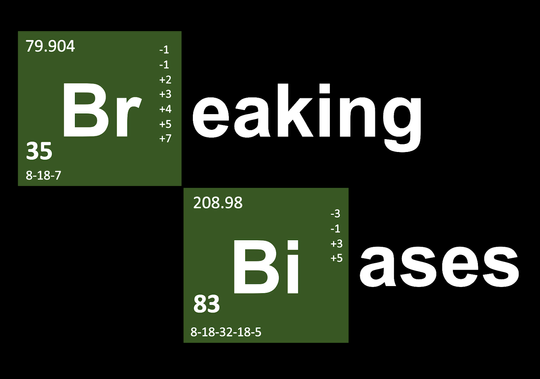The brain makes human beings capable of special abilities like thinking, information processing, and feeling. Although we like to consider ourselves as perceptive beings, we tend to make multiple misinterpretations while we process information. This leads to errors in judgment and faulty decision-making and is called cognitive biases.
Cognitive biases are essentially short-cuts created by the brain to promote quick and efficient decision-making. So why do errors emerge?
The two most common reasons why these biases occur are:
- Speedy decision making: the brain selectively attends to and processes information to make quick decisions, creating a bias by overlooking vital information.
- Faulty recall: personal beliefs and prior information tamper with memories, leading to errors in memory recall.
Studies have recorded several such biases that we indulge in unknowingly. This blog post covers 7 common cognitive biases and examples of their occurrence in everyday life.
1. Anchoring bias
Relying on pre-existing information to make vital decisions is a mental shortcut for speedy decision-making. But sometimes people place major importance on the first piece of information found, making it an ‘anchor’ and a point of reference for new information. Decisions made on the basis of comparison of such limited information can be irrational.
Example:
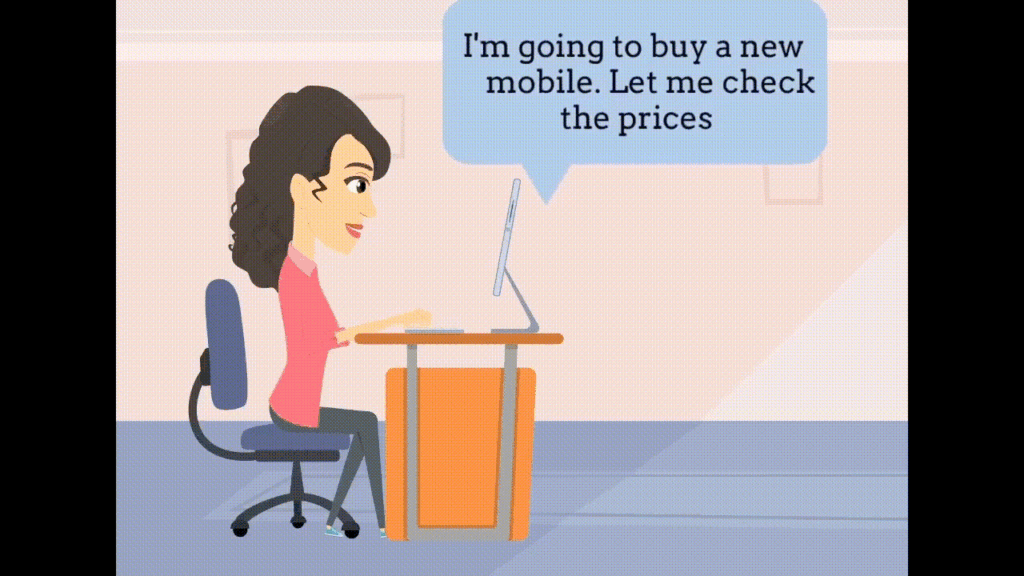
Saniya bought a new phone off of the second link as she immediately made a comparison between the first (anchor) and the second amount. In comparison, the second was cheaper and she believed that she had a good deal.
Later she realizes that the same phone was available for much cheaper on a third link. Saniya relied heavily on the first piece of information, leading to an anchoring bias and this led her to make a decision that wasn’t the best one.
2. Actor-observer bias
In social interactions, we alternate between roles of ‘actors’ and ‘observers’. Through this process, we make attributional errors especially when the outcome is negative.We attribute:
- External reasons like circumstances and situations to personal negative outcomes
- Internal reasons like personal choices and behaviors to unfortunate outcomes in others lives.
Studies suggest that this is less common when interacting with those who we are close to, as we make better judgments when we have more information about a person.
Example:
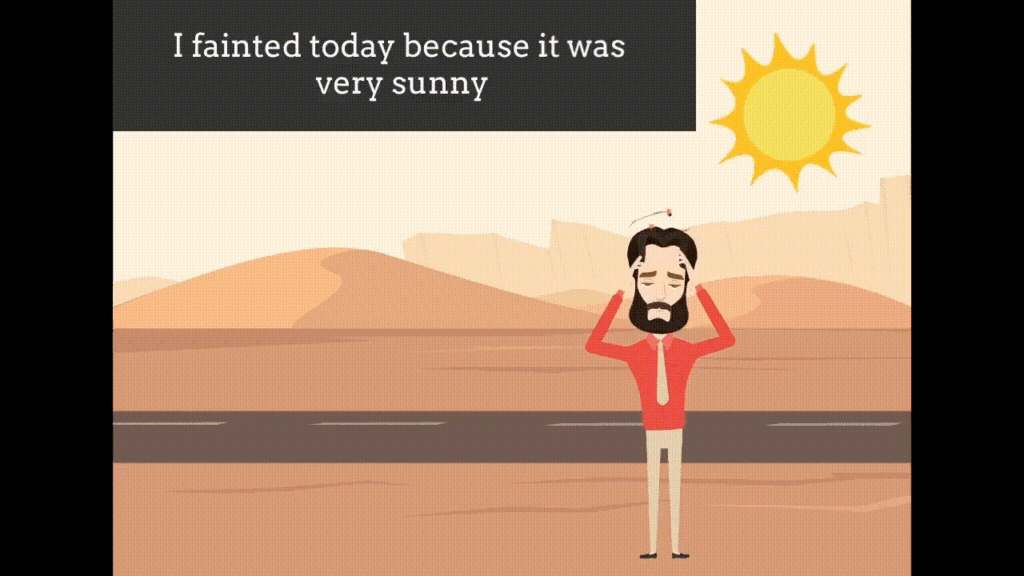
Tom attributed the scorching heat (external reason) to him fainting, while he suggested that John may have fainted because he was unfit (internal reason).
Tom made an error in judgement because of an actor-observer bias.
3. Availability heuristic
In a quest for quick decisions, mental shortcuts help deduce information to make judgements. Although helpful in risky situations, it can be misleading as we rely on information that comes to mind easily. Confiding in pieces of information that are readily available to us leads to an error in thinking that something is more common than it may be.
Example:
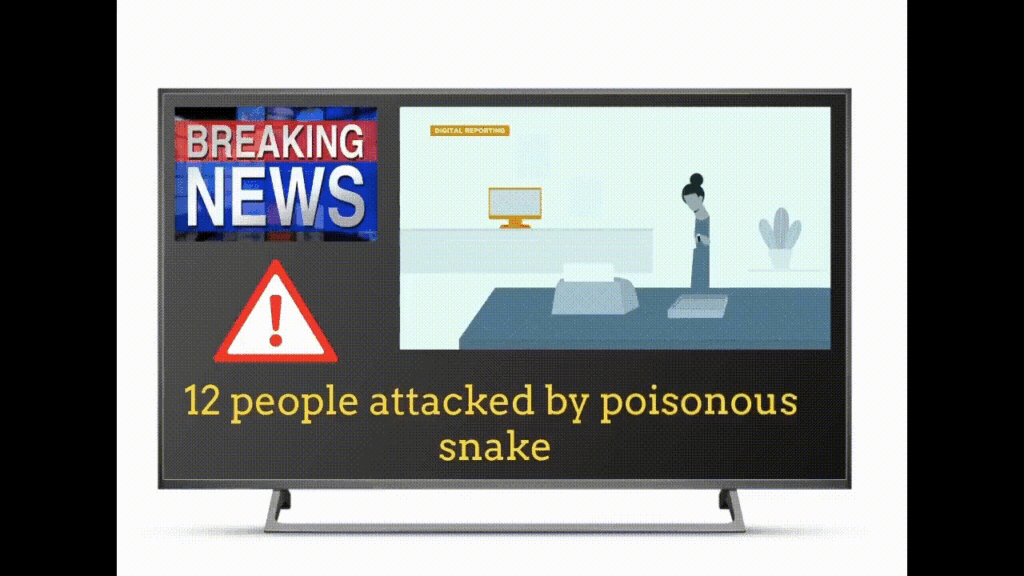
Following the news, Sam decided to avoid walking through the forest as he considered himself at risk of a snake attack.This may be a safety precaution but he made a judgement error by considering this as an event that is more common than it may be. Sam’s decision making was altered by availability heuristic.
4. Confirmation bias
When we process new information, we grasp selectively and take what supports our existing beliefs and biases. This neglects a huge chunk of information that may hold greater value and leads to making judgements that are rather self-serving.
Example:
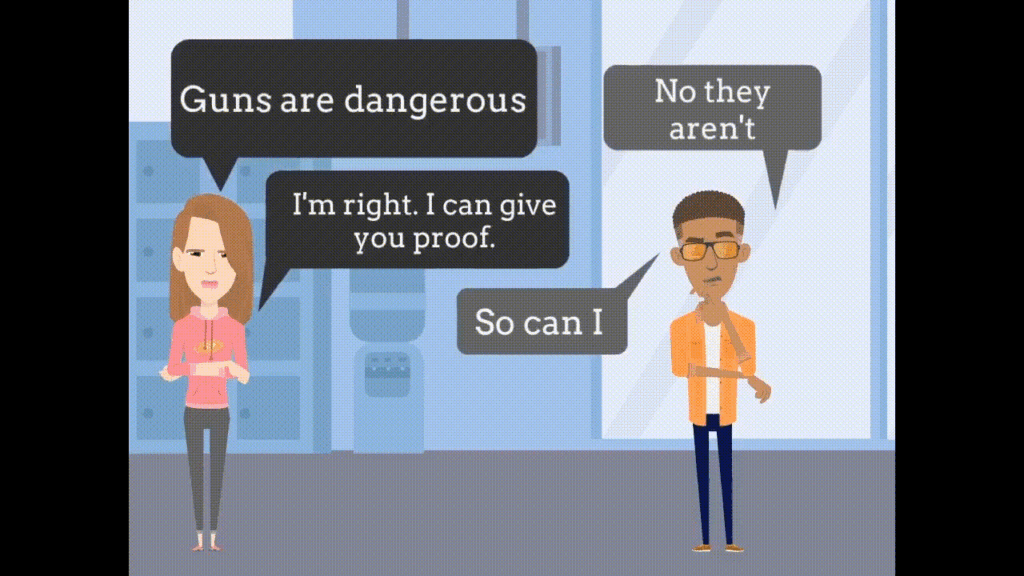
In a debate about guns and safety, Rhea and Roy had different opinions. They then found data that confirmed their beliefs and neglected a whole lot of relevant information in doing so. They had a confirmation bias.
5. Halo effect
When we assign a positive characteristic such as that of good appearance to someone, we automatically assume that they have other admirable aspects too. Even though these are plausible possibilities, these assumptions lack objectivity and may be far from reality.
Example:
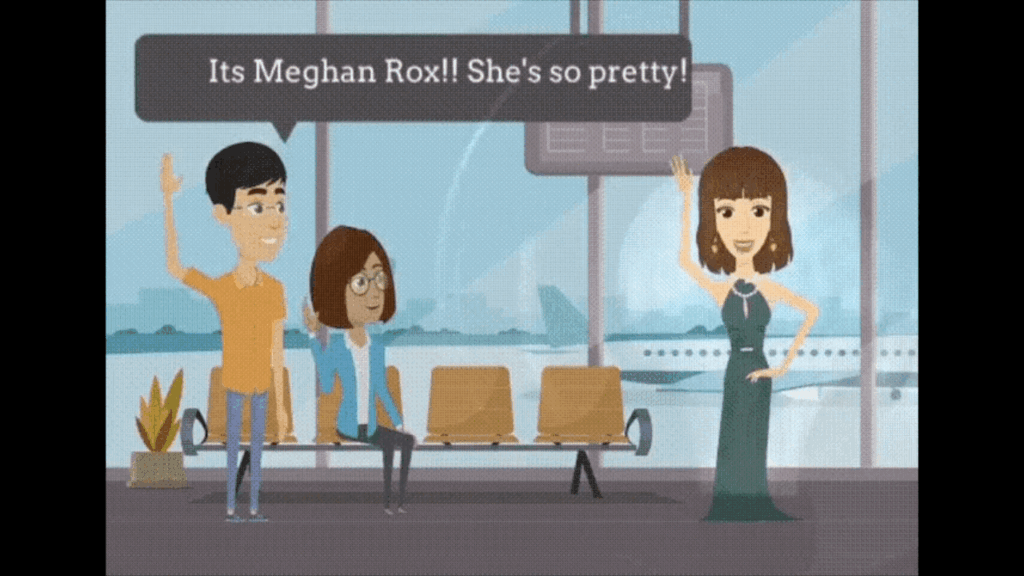
Paul and Sia assumed that Meghan Rox must be fun, smart and friendly on the basis of her being attractive. The Halo effect biased their judgement.
6. Optimism bias
Being optimistic is a commendable quality, but overlooking our chances of encountering negative outcomes and overestimating the possibility of positive ones are a rather fictitious way to go.
Example:

Leena expected to succeed in her attempt to cook and did not anticipate that it would burn as she had overlooked the possibility of it altogether. She had an optimism bias and her judgement was faulty.
7. Misinformation effect
Memory-recall is not as efficient as we think. Details that may be provided after an event, have the power to dramatically alter the memory of the event itself. New information is more readily retrievable by the brain and tends to blend in with older information leading to false recall.
Example:
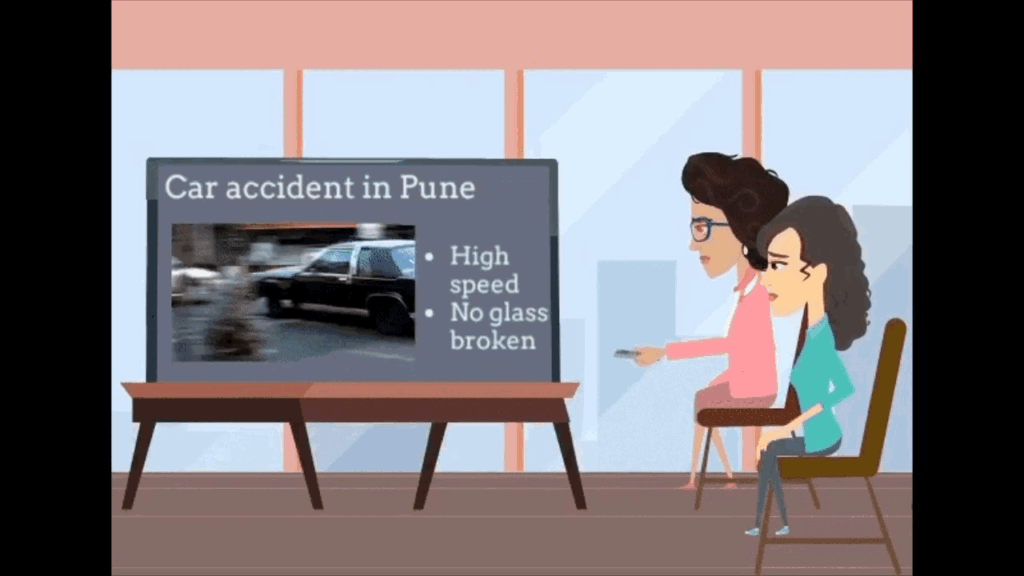
Mia and Neeta watched the same piece of news, but recalled the event differently. Why did this happen?
The word ‘smashed’ made all the difference in Neeta’s judgement. This proves just how suggestible we are. Even minor changes in the way a question is framed, can interfere with the memory of an event.
These cognitive biases cannot be completely eliminated. But, detecting their occurrence in daily life can help us understand why we make certain judgements and decisions and can assist us in working towards minimizing bias and maximizing accuracy.
Feel free to reach out to us at +91 96078 88833 or email us at info@innerplanet.in for expert help.


